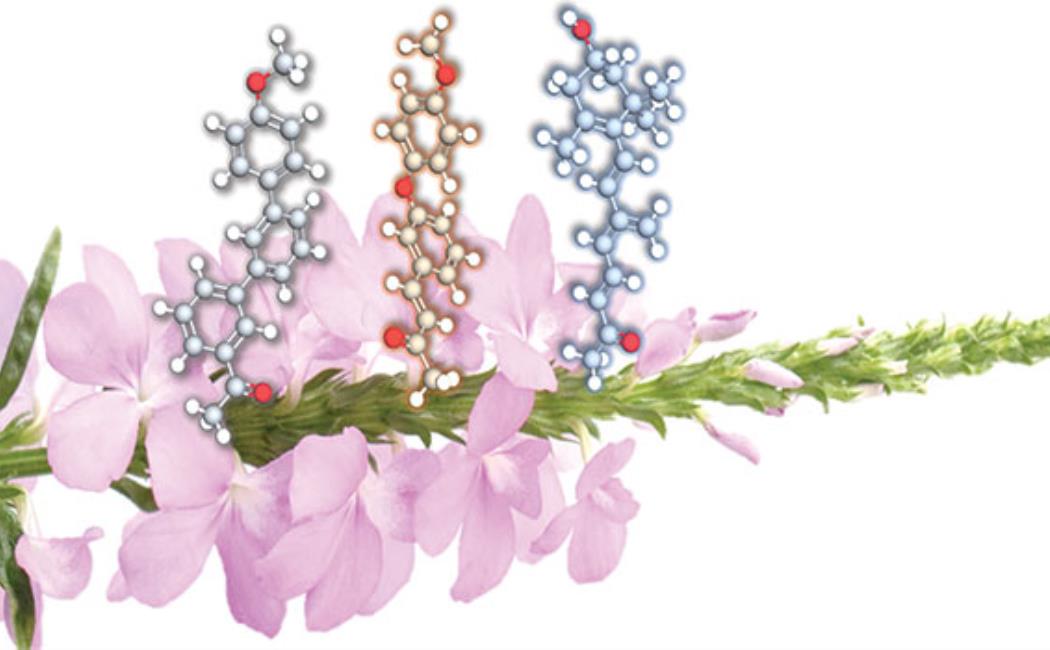
Copycat plant booster improves on nature
28 September, 2020
A molecule that can mimic the function of zaxinone, a natural growth-promoting plant metabolite, has been designed and fabricated by an international team led by KAUST and the University of Tokyo. Their successful mimic may have wide-reaching applications in plant biology and agriculture.
“We identified zaxinone in a previous study and found that it both stimulates the growth of rice plants and appears to reduce infestation by the root parasite Striga (witchweed),” says Jian You Wang, Ph.D. student under the supervision of Salim Al-Babili. “It is tempting to jump in and say we can harvest zaxinone from plants, study its activity and use it to boost crop yields, but it is not that simple.”
Living organisms produce growth regulating metabolites, such as zaxinone, at very low concentrations, and the molecules themselves are often short-lived and unstable. The team realized that to make full use of their discovery, they would need to design a synthetic molecule that can mimic zaxinone’s function, rather than using the metabolite itself.
Click here to read the full story
Image: Zaxinone and zaxinone mimics (MiZax) have the potential to alleviate purple witchweed infestation.
© 2020 KAUST; Boubacar A. Kountche and Jian You Wang